Please login or click here to join.
Forgot Password? Click Here to reset pasword
No one looking at the impressive remains of this Cluniac Priory founded by William de Warenne, 2nd Earl of Surrey towards the end of the 11th-century can be left in any doubt as to the wealth of its benefactors, nor the skill of the Cluniac builders. Scolland, steward to Earl Alan of Richmond was a great benefactor of the priory, he is buried within its grounds.
The romantic priory remains can be discovered in the grounds of the Castle Acre Estate, they are immediately eye catching and startling in their grace and beauty, with the remains of the majestic great west front of the church being almost untouched. Here there is much intricate workmanship to be seen, this reminds us that the Cluniacs were often criticised for their wealth, which was displayed throughout the building by what was considered at the time to be excessive decoration. Fortunately, amongst these ruins, much has remained for us to appreciate today.
The Prior's lodgings attached to the church show many delightful features, with the western range of the cloisters being extended in the 14th-century, when a decorative round window was added to the Prior's study. This part of the priory remains is particularly well preserved, which may be largely due to the fact that despite the Dissolution of 1537, the Prior's lodgings continued in use until well into the 18th-century, thus over the centuries they were the subject of several alterations and internal additions. Today, this building shows well the ease and grace of a 15th-century mansion house, telling of the extravagance in which the prior lived and entertained.
Throughout the landscape on which the priory was built there are smaller remains, even these show some semblance of the detail of the building, and what remains of the long external walls give a clear indication the overall size of the collective buildings.
In this quiet corner of Norfolk, beneath blue skies with rosy pink tinted clouds, there is a hushed, hallowed atmosphere which has an almost calming, uplifting effect and looking at the sweeping countryside surrounding the priory you can see at once just why the Cluniacs chose to build their magnificent building here. For the visitor, there is not simply the delight of the ruins, but views over beautiful open countryside where once the monk's would have tended their sheep.

in the county of Norfolk
(0.4 miles, 0.7 km)This lovely village is found on the old Peddlers Way which joined Holme-next-the-Sea to the Roman garrison at Colchester...

in the county of Norfolk
(6.9 miles, 11.1 km, direction S)Cockley Cley is famous for its beautiful reconstruction of a village once lived in by the Iceni tribe at the time of Queen Boudicca...
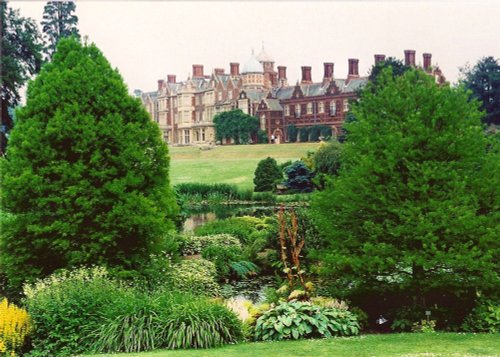
in the county of Norfolk
(10.9 miles, 17.6 km, direction NW)Enchanting estate of over 7,000 acres of breath-taking countryside surrounding a magnificent house which has been the home of four generation of British Sovereigns since it was bought in 1862 for the Prince of Wales, who later became King Edward VII...
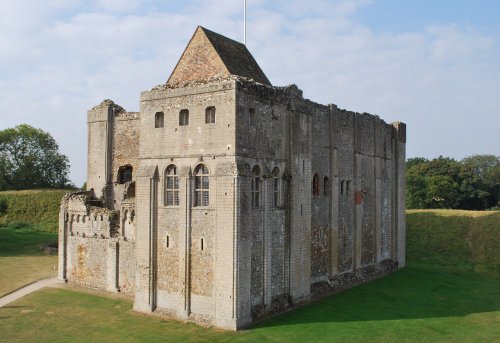
in the county of Norfolk
(11.0 miles, 17.7 km, direction NW)The sea has long since withdrawn from this one-time port, but the superb Norman castle built to protect it still stands...
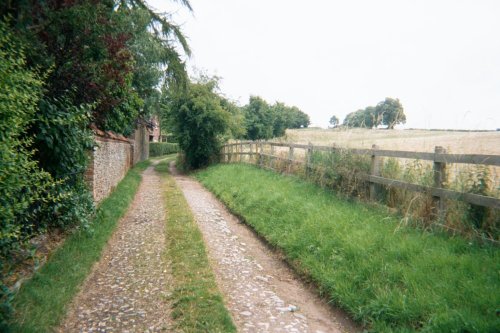
in the county of Norfolk
(12.1 miles, 19.4 km, direction NW)On approach to Dersingham by-passing lovely lavender fields, visitors could easily imagine they were driving through the abundant lavender lands of southern France, but this is.....
All towns in Norfolk
This lovely museum hidden in lush Breckland countryside is set to delight and intrigue visitors of all ages. The atmospheric.....
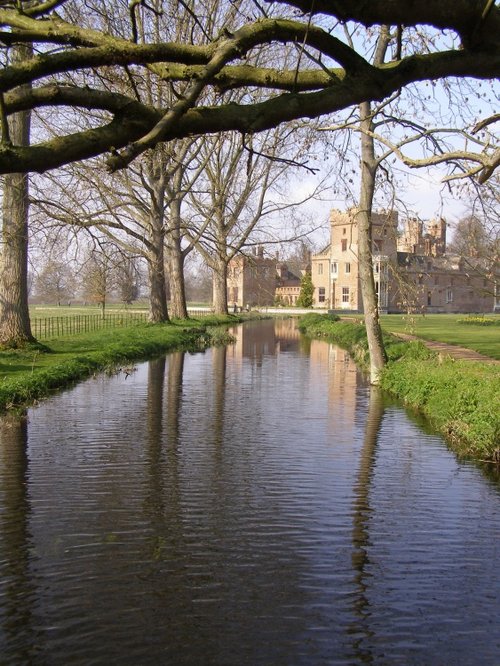
This fascinating house with its striking twin towers to either side of the entrance hall, gables, roof-line turrets and tall.....
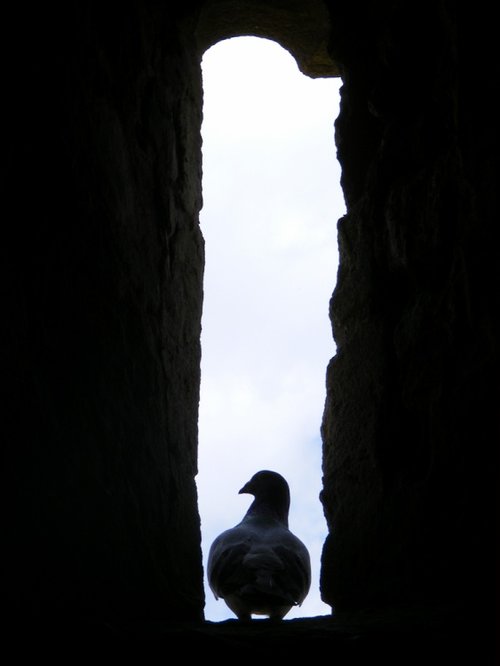
Normally known simply as Castle Rising, the castle has for centuries dominated the quiet village where it stands in a large area.....
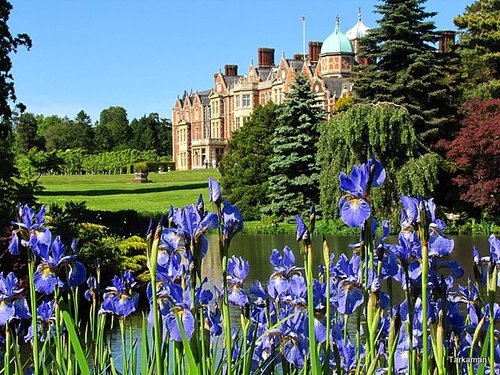
Sandringham House, although a Royal residence does not have the rarefied atmosphere of a grand house, this is largely due to the.....
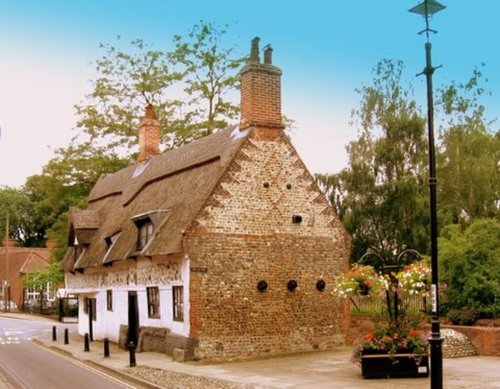
..